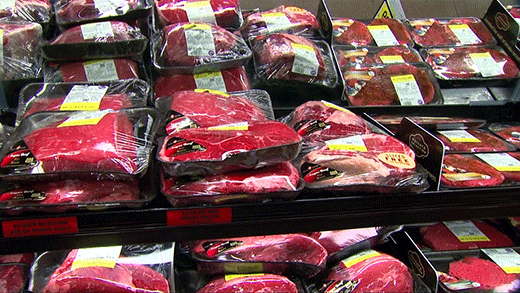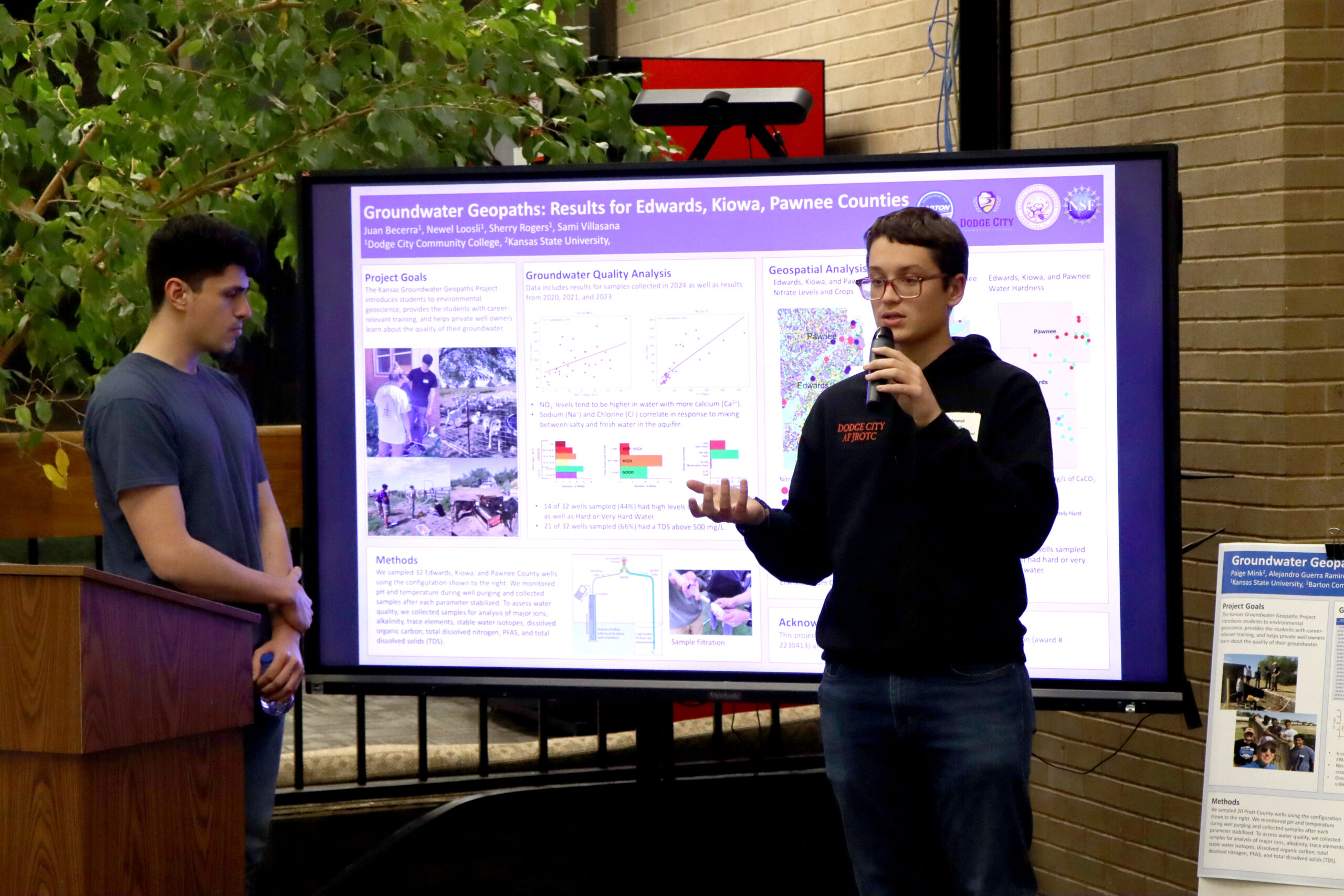Changes in how cattle are raised — including genetic improvements and matching animals to the environment in which they’re raised – has likely led to changes in consumer’s perceptions of what makes a good beef product, according to two Kansas State University animal scientists.
“If we look at the last 30 years in the beef industry, when we talk about eating quality, tenderness for a long time was viewed as the No. 1 driver of customer satisfaction,” said K-State meat scientist Travis O’Quinn.
“But we’ve made massive improvements in beef tenderness and right now we can go to the grocery store and less than 10% of that beef will be considered tough by today’s consumers. What that has done is it’s changed how consumers view beef. Today, when we feed consumers in our studies and you ask them what they consider the most important palatability trait, flavor consistently comes up by about 70% of consumers as the reason they choose beef.”
A.J. Tarpoff, a beef extension veterinarian at K-State, said genetic improvements in the beef industry have led to producers being able to select and raise cattle that provide desired traits.
“So we can choose what we want our animals to be with better accuracy than we ever have had in history,” Tarpoff said. “That being said, we have answered the call of consumers for what their preferences are, what a profitable animal can be within all stages of production, and match that to their environment. We raise cattle in all 50 states, so we have to be able to match the animal to whatever environment they’re raised in, while maintaining the high quality, palatability traits that our consumers demand.”
O’Quinn said the changes have led to a higher percentage of beef meeting USDA’s standard for ‘Prime’ and ‘Choice,’ and less receiving the lower grading of ‘Select.’
“Cattle in the United States are grading better today than they ever have in history,” O’Quinn said. “That’s a direct result of a lot of things, including genetic improvement, feeding changes, selection management and programs that give economic incentives for producers to produce higher eating quality beef. That resonates throughout the beef chain, and ultimately to consumers in restaurants and in retail.”
“It’s a great time to be a beef consumer in the United States when we talk about the quality of product that we’re putting on the plate.”
Tarpoff noted that improvements in the consumer product have paralleled improvements in animal comfort and care.
“Beef Quality Assurance is a nationally coordinated, state implemented program that is voluntary for cattle producers,” he said. (Since its inception in the 1980s) “BQA has become the standardized best management practice certification in the beef industry. Up to 85% of U.S. beef comes from BQA certified, independent producers.”
Tarpoff called BQA a “critical piece” of caring for cattle, assuring a quality product and that producers are implementing best management practices backed by science.
“We want to care for these animals the right way,” he said, “and we’re always looking for better ways to be able to do that.”



